This page aims to publicly share real personal experiences, recounted from the patient’s perspective. The information presented, including referenced documents, is displayed here strictly for informational purposes. For clarity and transparency: the information on this page strictly reflects the subjective perceptions of the author, formed as a result of an individual medical and commercial journey. No legal claims are being made, no accusations are formulated, and there is no intent to defame or harm the reputation of any person or institution. All accounts are presented as personal experiences and must not be interpreted as medical, legal, or moral evaluations. Readers are advised to consult multiple sources and authorized specialists before drawing conclusions. Any use of the content is at your own risk.
Personal data of patients who authored the reviews is protected unless explicitly mentioned in the text. The content of each review belongs solely to the author, and this page does not assume responsibility for it. Reviews are translated by the authors, and in case of discrepancies or differing interpretations, the Romanian version takes precedence. The authors do not take responsibility for possible translation errors, misinterpretations, or loss of nuance that might alter the original meaning of the Romanian text.
Access to this page is free and the content will be continuously enriched with new reviews. If you find the information helpful, a gesture of appreciation may be a donation to a charitable organization.
If you’d like to contribute, you can leave a comment at the bottom of the page. All comments will be moderated and defamatory or inappropriate content will not be approved. Approved comments belong solely to their authors, and the page does not assume responsibility for them.
If you have had a documented medical experience that you would like to share publicly, please use this contact form.
Stefan Mindea reviews – Lumbar injections, herniated disc surgery with implant
How I Met Dr. Stefan Mindea
In 2022, after a long period during which I tried to treat an L5-S1 lumbar disc herniation through physiotherapy, physical therapy, and other non-invasive treatments, I turned to the services of neurosurgeon Ștefan Mindea-Alexa, based on the recommendation of a neurologist.
I became the patient of a doctor with a resume aligned to American standards — presented in the media as a top neurosurgeon, primary care physician, and university professor. In the meantime, important information from his CV has disappeared. Was it real or not?
A doctor who treated me with spinal injections at a prestigious clinic, using a procedure conducted under CT (Computed Tomography) imaging guidance — but among the hundreds of images saved by the machine, the essential element is missing: the needle that was supposed to be guided with utmost precision into the epidural space. Could something be guided if it does not appear in the images? Was real guidance performed? What procedure did I actually receive? Why did I only receive the images after authorities intervened? When I decided to undergo surgery, had I exhausted all other treatment options?
The same doctor operated on my herniated disc using a unique and innovative technique that is not mentioned in the discharge documents. In the meantime, it is no longer presented as trademarked. What kind of intervention did I actually receive? The doctor told me I needed an implant for the surgery, which was sold to me by a company that turned out to be his, without disclosing its name or the manufacturer. How indispensable was the implant for which I paid over €4000 and which I later found I could have bought for €40 elsewhere? Was I ultimately a patient or a client? How does medicine intertwine with the selling of implants to patients, and how many millions of euros do these businesses generate annually?
At no point did the doctor clarify these matters.
Am I the only one who has gone through such an experience?
Reading this review, you’ll understand that the questions above are valid from my perspective as a patient. Everything you are about to read happened in reputable private medical institutions that claim to operate at the highest standards.
As of the date of this review (April 2025), there is an ongoing criminal investigation, conducted in rem (concerning acts, not persons). Although 2 years have passed since the case was opened and higher-level prosecution offices have assessed that it does not present a high degree of complexity and confirmed that sufficient resources are available for effective evidence management (according to Romania’s Prosecutor’s Office attached to the High Court of Cassation and Justice), the reported parties have not yet been questioned — not even a single question has been asked. I mention this for informational purposes only and do not imply any conclusion regarding the guilt of any individual. The prolongation of an investigation over several years without visible progress fuels uncertainty and benefits neither the parties involved nor public trust in the Romanian justice system.
Information I had access to regarding the doctor and his medical practice
Throughout my interaction with Dr. Mindea and his team, I researched information from several sources:
- Direct communication with the doctor and his team
- Mindea.ro website, which included:
- A detailed resume of Dr. Stefan Mindea with the title of Faculty Professor
- His role as founder and director of the American Neuro Surgery Institute® (ANSI)
- Detailed descriptions of Computer Tomography (CT) guided spinal injections
- Description of the ULTRA™ Minimally Invasive technique developed and used by Stefan Mindea in neurosurgical interventions
- ReginaMaria.ro website belonging to the “Regina Maria” Health Network where the doctor performed CT-guided injections, presenting the significant advantages of this type of procedure compared to unguided spinal injections
- HekaHospital.com website belonging to Heka Hospital, where the doctor performed neurosurgical interventions
- Media coverage portraying him as a pioneer in minimally invasive neurosurgery, primary care neurosurgeon(pdf) and university professor(pdf)
- Google and Facebook Reviews
What convinced me that Stefan Mindea is the right choice for me?
Not the reviews: it’s well known that Google does not verify the authenticity of reviews and that they can be reported or removed if someone dislikes them. That means both positive and negative reviews may be irrelevant or incomplete. On Facebook, the review section can be entirely disabled by the page administrator — a useful clue when trying to assess a clinic or doctor’s true reputation. So I did not rely on stars or comments, but on direct information and experiences.
Not press appearances: media can be selective or simply part of a PR strategy. A glowing article does not guarantee competence but may just reflect a good relationship with a journalist or a solid PR budget. In choosing a neurosurgeon, what mattered to me were the concrete facts I was presented, not a newspaper image.
Nor the fact that Stefan Mindea was ordained as a priest: I was looking for the best neurosurgeon, not a spiritual advisor.
Instead, I considered that Dr. Mindea had an impressive CV and alongside his title of Faculty Professor at Stanford and his roles as founder and director of the American Neuro Surgery Institute® (ANSI), the way he presented himself convinced me to seek his services:
– He obtained an “Overspecialization – Minimally Invasive Neurosurgery and Complex Spine Surgery at Northwest Memorial Hospital, Chicago, USA”
– “Coordinator of Minimally Invasive Neurosurgery at Stanford University Medical Center“ and “Coordinator, Spinal Oncologic Surgery at Stanford University Medical Center”
– “Over 15 years of experience in Minimally Invasive Neurosurgery”
– One of “Stanford University Hospital’s top neurosurgeons”
– “Awarded “Top 5 Best Neurosurgeons” for consecutive years at Stanford University”
– “The developer of the ULTRA™ Minimally Invasive Neurosurgery concept”, the ULTRA™ minimally invasive endoscopic technique being “developed by Dr. Stefan Mindea, with instruments specially designed for him by collaborating companies“
– “40.000+ patients treated in Romania so far”
– “5.000+ herniated disc surgeries performed”
– Uses “Surgical techniques and equipment unique in Romania”
All of this made me believe I was dealing with a highly accomplished professional trained in a top-tier medical system.
I placed my trust not only in the doctor but also in the “Regina Maria” Health Network where Stefan Mindea practiced. I considered this association as a guarantee of professionalism, an element that added seriousness and a heightened level of trust, given the high standards of quality it promotes. Moreover, Dr. Mindea’s presence in such a setting gave me the certainty that I was going to be treated in a safe, controlled, and well-organized environment.
What I Later Learned About Dr. Mindea
Information Missing from Dr. Mindea’s Resume
I noticed that certain important information from Dr. Mindea’s resume available on his website, were no longer present in 2024: the “Faculty Professor” title, once prominently displayed on the first page, had disappeared. So had the position of “Faculty Professor at Stanford University.”
Attached at the end of the review are the CV versions available on Dr. Mindea’s website in 2024 and in 2022, as well as those published by Monza Hospital – Brain Institute in 2014 and Stanford Medicine in 2013.
Many are lucky enough never to end up in front of a neurosurgeon. Others, perhaps only once in a lifetime are faced with such a choice.
I found myself in that position and wish I could have made an informed and transparent choice. Had I imagined that key parts of a doctor’s resume could disappear, my decision would certainly have been different.
Because that’s the essence of a medical decision – knowing exactly who you’re trusting your health with.
Inside the American Neuro Surgery Institute® (ANSI)
What Is ANSI and Where Is It Located?
The term institute suggests scientific research activity, and the American Neuro Surgery Institute® (ANSI) was presented as a registered trademark (®), founded and led as director by Dr. Stefan Mindea, but in 2024 I found no official registration of this trademark nationally, in Europe or internationally.
As Dr. Stefan Mindea’s patient, I can say that I never identified a physical location called ANSI and did not receive any medical documents bearing that name, even though I was treated by this doctor both with lumbar injections and with a neurosurgical intervention.. The consultations took place online, the injections were administered at Pozimed clinic (part of the “Regina Maria” Health Network), and the surgery was performed at Heka Hospital — both in Constanța.
So what does the inside of ANSI look like? I don’t know. I wonder whether such an institute physically exists in Romania, what Dr. Mindea actually founded, and why I couldn’t find a trademark registration.
How Do You Find a Trustworthy Neurosurgeon?
A patient’s duty is to find a doctor who will treat them — not to hunt down resumes or investigate what’s behind a name presented as a registered trademark. If a doctor practices in an accredited medical institution, holds licenses, and has respectable public appearances, you have every reason to trust them. The patient is already burdened enough and shouldn’t have to play the investigator — that’s the job of the medical system and the authorities, to ensure that anyone or any institution providing medical care does so transparently.
Just as the clinic where the doctor practices — in this case, Regina Maria — has the responsibility to vet every collaborator, especially when a patient’s life is at stake. I believe that by legitimizing a doctor through their inclusion in the team, the institution indirectly promises the patient is in safe hands. And if that’s not the case, responsibility is not just individual but also institutional.
Given the information I had at the time, I believed I was making a good decision by turning to Dr. Stefan Mindea for medical services. I traveled several times hundreds of kilometers to Constanța for treatment — I believed he offered something more than doctors in Bucharest, Iași, or Cluj.
Dr. Mindea’s Treatment for My Lumbar Herniated Disc
I asked Dr. Stefan Mindea for a medical opinion based on the interpretation of an MRI and the history of the condition I was suffering from, and he proposed a treatment plan that I decided to follow: performing “CT-guided injections through which we can administer the treatment with maximum precision, safety, and effect”, and if it would not significantly reduce the pain, we would discuss a neurosurgical intervention.
As a result, I scheduled a CT-guided lumbar injection session at the Regina Maria clinic in Constanța, where Dr. Stefan Mindea performed these procedures.
Lumbar Injections at Regina Maria with Dr. Stefan Mindea
Before having the lumbar injections under Computer Tomography guidance, I researched on the official websites of the Regina Maria Clinic and Dr. Stefan Mindea. I understood that the procedure involved injecting a medicine mixture into the epidural space, with the help of CT image guidance – for precise needle positioning and increased efficiency. Reginamaria.ro mentioned that this technique offered the maximum possible success rate, in contrast to injections performed without CT guidance, which would have been less than 30% effective.
This procedure was presented by Dr. Mindea as the last non-surgical treatment option and I understood that if anything could spare me from surgery, it was this procedure with the highest possible success rate. This type of procedure was the main reason why I chose to go to Constanta, to Regina Maria and to Dr. Stefan Mindea – not to a nearby clinic where I could not receive this state-of-the-art treatment, but only intramuscular injections, without epidural space guidance.
The information was also confirmed by the details in the “Informed Patient Consent” which I had to fill in at Regina Maria before the procedure. It stated that “in this type of treatment, a thin, guided needle is used and positioned under computer tomography control in the vicinity of the nerve” and that “after precise positioning of the needle, an anesthetic and a cortisone-based preparation are administered”, indicating a favorable response rate to treatment of 85-87%, without specifying exactly what substances were injected.
Duration and Cost of the Lumbar Injections
I did not discuss the contents of the document with any medical staff. I took it from a stack at the entrance, borrowed a pen, laughed at the pre-marked X boxes, read it, and signed it.
Dr. Mindea’s team did not tell me the names of the injected substances, despite my asking. I was only told it was a “special mix of medications,” without specifics, justified as a “secret combination that works.” After a 7-hour drive to Constanța, I trusted those words—I was, after all, in a Regina Maria clinic.
After a long wait in a crowded hallway with patients constantly coming in and out of the consultation room, I was called in for the procedure. It lasted around 2–3 minutes, extremely fast: I left my coat on a chair, removed my belt, lifted my shirt, was positioned face down, received a CT scan, and two injections in the lumbar area, a few seconds apart. “Thank you… goodbye, next patient!” Not another word from the doctor. After the procedure, I received no medical report, no procedure chart and no written information about the treatment. I was issued a fiscal receipt of 1115 lei (about €220), so the cost was 550 lei per injection. Plus the trip to Constanța. Plus the hotel.
These lumbar injections had no positive effect on my condition, so I requested a neurosurgical consultation with Dr. Stefan Mindea to reevaluate the treatment plan.
What I Later Learned About the CT-Guided Injections
A few months later, the authorities forced the Regina Maria clinic and Dr. Stefan Mindea to provide me with the names of the substances used during the injections and the CT images—after they had refused to give me this information and ignored my requests. By then, I had already undergone surgery by Dr. Mindea, and the herniated disc had recurred shortly after. I needed my medical history to continue treatment.
Substances Used in the Lumbar Injections
I received a handwritten, backdated paper with a nonexistent diagnosis (as I had not been operated on at the time), from which I learned that the substances used were Dexamethasone and Xylin—entirely common substances, worth less than 10 lei in a pharmacy and representing a standard protocol, performed in almost any public or private medical facility.
The price of the treatment? About 550 lei per injection — for substances worth just a few lei. It’s absolutely true that the substances are not the only component of the medical service, and each clinic sets its own prices. But it is equally fair that patients be properly, fully, and transparently informed before any intervention and provided with medical documentation. In my case, this did not happen.
Had I known I would travel hundreds of kilometers for a procedure I could have done at a local clinic, I certainly wouldn’t have gone to Constanța. But Dr. Mindea used CT guidance, so his injections at Regina Maria Constanța were surely reaching the epidural space and offering the best chance to avoid surgery… read on.
CT Images from the Injection Sessions at Regina Maria
When I finally received a batch of images from Regina Maria (I still haven’t received all the images), I was surprised to see that in none of the 842 images was the injection needle visible. This crucial detail led me to believe that the CT scan was performed before the injections were given and not at the same time as the injections, which would inevitably have led to a much longer procedure. If the needle is not visible in the CT images, I wonder how it was possible to accurately guide it into the epidural space? And where were the substances injected, if not in the epidural space? Why didn’t I receive the images right after the procedure but months later, only after the authorities intervened? And why didn’t I receive all of them?
I was informed I would receive a CT-guided procedure — considered the gold standard for lumbar injections — providing the best chance of success in helping me avoid surgery. That’s the procedure I paid for. But the absence of the needle in the CT images raises legitimate questions: were the injections truly CT-guided? Or did I receive simple, “blind”, intramuscular injections following a CT scan — with minimal potential effectiveness and no guarantee the substances reached the epidural space?
Shortly after this procedure, without having the images and assuming I had received CT-guided epidural injections that failed to relieve my pain, I accepted Dr. Stefan Mindea’s recommendation for surgery.
Neurosurgical Consultation with Prof. Dr. Stefan Mindea for Herniated Disc
After the injection session failed to produce any positive effect on my pain, I requested a neurosurgical consultation with Dr. Stefan Mindea. It took place online via WhatsApp video, lasted approximately 15 minutes, and the doctor explained to me that I had no remaining non-surgical treatment options. He recommended a neurosurgical intervention called “ULTRA Minimally Invasive Lumbar Microendoscopic Decompression, L5/S1, Left” with the use of a “biological implant”. At the same time, I was advised not to consider the alternative neurosurgical option — a disc replacement prosthesis — as it was not appropriate for my age or the specifics of my condition.
Dr. Stefan Mindea told me that the procedure was relatively simple and quick, and that all other details regarding the neurosurgical intervention and the biological implant could be found on his official website, mindea.ro. The next step, he said, was for me to get in touch with his assistant, who would inform me of the costs.
How Much Did the Implant and Herniated Disc Surgery Cost?
I telephoned Dr. Mindea’s assistant who told me that I will have to pay in full and in advance the amount of €4360 representing the price of the biological implant and upon admission to the hospital an additional sum of 10,000 lei (about €2000) would be required, out of which 6,000 lei would cover the procedure itself (later invoiced by Mindea Stefan-Alexa Individual Medical Practice), and 4,000 lei would be for Heka Hospital’s services for one night of hospitalization and pre/post-operative protocols. Another 1,500 lei would be covered by the Romanian state, as I was insured under the public health system.
Additional Information About the Herniated Disc Surgery
Dr. Stefan Mindea’s assistant informed me that all relevant information regarding the surgical intervention could be found on mindea.ro, and that I needed to decide whether to proceed with the recommended procedure. I began to research in detail the two key aspects of the surgery: the ULTRA Minimally Invasive neurosurgical technique and the biological implant.
The “ULTRA Minimally Invasive” Neurosurgical Technique Developed and Used by Dr. Mindea
Upon the recommendations of Dr. Stefan Mindea and his assistant, I consulted the mindea.ro website, which stated that “the lumbar disc herniation surgery using the ULTRA™ minimally invasive endoscopic technique is developed by Dr. Stefan Mindea, with instruments specially designed for him by collaborating companies”.
The information on the website along with the term ULTRA™ presented as a trademark, together with the discussion I had with Dr. Stefan Mindea during the neurosurgical consultation convinced me that this is a unique, innovative technique, developed and used exclusively by Dr. Mindea, different from the minimally invasive techniques used by other neurosurgeons.
Understanding this information and trusting in its veracity reinforced my conviction that I am in a position to call on the highest quality medical services possible in Romania, as not every doctor can be in such a position to develop a surgical technique with the support of companies that design medical instruments especially for him and trademark it. This was an important detail which gave me the impression of a standard of excellence reserved for a very small number of doctors.
Subsequently, months after that moment, the term ™ – trademark for the ULTRA minimally invasive technique – was removed from the doctor’s website. Suddenly, the neurosurgical technique that had been presented to me as unique and innovative lost its distinctive element.
Although the term ULTRA had been presented by Stefan Mindea as a trademark, publicly available information at the State Office for Inventions and Trademarks (OSIM) indicated repeated rejections of applications for registration.
But with the information I had at my disposal at the time I decided to have Stefan Mindea operate on me with this unique, innovative, trademark technique.
After the operation, when I read the hospital discharge note, I was surprised to see no mention of the ULTRA minimally invasive technique: as a patient who was recommended to have surgery with this technique that Dr. Mindea said was developed by him, with instruments specially designed for him by collaborating companies, I do not know to this day whether the technique actually exists or whether it was used during my neurosurgical intervention, and there’s no way I can verify this: on the hospital discharge note there is no mention of the ULTRA technique – but another procedure is listed, one that is well-known and widely practiced in neurosurgery.
The Implant Used by Dr. Mindea in the Lumbar Herniated Disc Surgery
On mindea.ro I could not find concrete information about prostheses or biological implants and in order to decide whether or not to go through with the surgery — to understand the reasoning and necessity of purchasing the implant, and to clarify whether the procedure could be performed without it — I repeatedly requested, via email and WhatsApp, additional details about this biological implant. I insisted persistently because I could no longer manage the pain I was experiencing.
Additional Information About the Biological Implant
I did not receive any written or verbal response, so no other concrete information except for one that I believed at the time, namely that the use of the biological implant, which was indispensable for neurosurgical intervention, “reduces the risk of possible post-operative disc herniation recurrence from 25% to 2%” and that only Dr. Stefan Mindea uses such biological implants in Romania, as they are brought from the United States.
How Much Did the Herniated Disk Implant Cost?
These were conveyed to me along with the mention that I have to pay in full and in advance the amount of 4360 EUR for the biological implant, but, even at this moment, I had not been given any concrete information about the implant, such as its name or its characteristics.
Given the unbearable pain that was seriously affecting my quality of life, combined with the professional image of Dr. Stefan Mindea and the impressive features of the ULTRA minimally invasive technique as well as the U.S.-brought implant exclusively used by Dr. Mindea, which supposedly drastically reduced the risk of recurrence, I decided to purchase the biological implant.
After I informed the assistant of my decision to proceed with the surgery, I received and paid a proforma invoice of 21,616 lei (€4,360) issued by AMERICAN NEUROSURGERY CLINIC SRL, which did not include the commercial name or specifications of the implant—only the generic label: “biological spinal membrane”.
Later, on the day before surgery, I was not given any further information about the biological implant or its necessity within the procedure. The next day, the neurosurgical intervention took place, and I was issued a fiscal invoice for the same amount, from the same company, listing the implant under the generic name “biological spinal membrane kit”.
Given the pain I had been experiencing for a long time, I felt that I needed to trust the information I had received in order to put an end to the herniated disc story. After all, I was speaking with professionals in the medical field. But had I known the commercial name of the implant, I could have found out with a simple Google search what it actually was and at what price I could purchase it from the Romanian representative of the manufacturer.
Company Managed and Owned by the Doctor
I later found out that American Neurosurgery Clinic SRL was owned and managed by Dr. Mindea and it’s main business was “Retail trade of medical and orthopedic articles in specialized stores“, the doctor, besides medicine, also engaged in retail.
What the Doctor Didn’t Tell Me – and What the Biological Implant Really Was
A few months later, following an inspection by the Romanian National Agency for Medicines and Medical Devices (ANMDMR) at Dr. Mindea’s company (which was sanctioned for not providing me with full identification details for the implanted medical device), I was informed that the implant was in fact a Lyoplant® collagen membrane, with dimensions of 1.5x3cm, produced by Aesculap AG Germany and that Dr. Mindea’s company had purchased it from the manufacturer’s representative – B. Braun Medical S.R.L. where it had a price of about €40 EUR!
€40 versus the €4360 I paid to Dr. Stefan Mindea’s company! A final price over 100 times higher than the catalog value of the same product, according to the manufacturer’s representative! Obviously, had I known the name, I could have easily discovered that the implant for which I was charged €4360 actually cost under €40!
I was asked to pay for the implant in full and in advance. I was not told its commercial name. It was not listed in any document. I was given no implant documentation, except for an invoice with a generic name—despite the existence of such documents, as revealed by the inspection of the Romanian National Agency for Medicines and Medical Devices.
I didn’t just wait to be informed, I also asked—verbally and in writing via email and WhatsApp—for information about the implant. I was given verbal assurances in which a patient in pain can only trust, given that they come from a professional!
Regarding the indispensability of the Lyoplant® collagen membrane, which is described on B. Braun’s website as “recommended in neurosurgery as a substitute for dura mater reconstruction” — and regarding the potential reduction in recurrence risk through its use during surgery — ask your doctor: is it indispensable, or is it an option primarily reserved for complications such as a dura mater tear, which the surgeon cannot foresee with certainty before the operation, but manages if necessary during the procedure?
Dr. Mindea’s Approach Toward the Patient
A few days before receiving the ANMDMR’s report—probably after the agency had already visited his company—I was called by Dr. Mindea from his assistant’s phone.
The approximately 20-minute conversation I had with Stefan Mindea, which I will not recount, although I remember it in detail, was followed by an SMS message informing me of the name of the implant “Lyoplant Resorbable Membrane”.
That’s how I found out what was implanted in me and what I paid €4,360 for: from a text message!
I don’t know, beyond what has appeared in the press, whether other patients were sold collagen membranes worth a few dozen euros for thousands but I can say with certainty that had Dr. Mindea been transparent, I would never have paid thousands of euros for a collagen membrane I could have ordered online for a few hundred lei—and that I could have researched myself or with the help of another doctor to determine how indispensable it was.
I wonder how many patients in similar situations to mine have never found out what was actually implanted in them??
Are there patients who were fully and correctly informed and chose to pay Dr. Mindea’s company thousands of euros for a membrane they could have acquired elsewhere for just a few hundred lei?
Lumbar Disc Herniation Surgery with Dr. Stefan Mindea
Although I was told that the surgery would take a maximum of 30 minutes, I was under anesthesia for much longer. My relatives, whom I had informed just before going into surgery, became alarmed after several hours and contacted Dr. Mindea’s team, unsure what was happening. I still don’t know why I was under anesthesia for several hours—or why no one informed me that the procedure would go this way.
After the operation, Dr. Stefan Mindea visited me in the hospital room for about 2 minutes and told me everything went well. I thanked him. The nurses and staff also said everything had gone smoothly and administered post-operative medication.
Request to Leave a Google Review for Dr. Mindea
A few hours after the surgery, while I was still under the effects of anesthesia, one of Dr. Mindea’s assistants asked me to leave a review on Google. I declined. It didn’t feel appropriate to post a review in those first moments, while I was relieved to be free of pain after so long and still under medication. I wonder how many patients ever revisit the reviews they post “in the heat of the moment”. The real effects of surgery become evident over time—not within hours, as I was about to find out.
The Day After Disc Herniation Surgery
I was due to be discharged around noon the next day. However, I was woken around 4–5 a.m. by intense pain, which I reported to the medical staff. I was given IV and injectable painkillers, but the pain did not subside.
That morning, Dr. Mindea visited me for the second time and, although he again told me the surgery had gone well, he said I should immediately undergo a CT-guided injection at the Pozimed Regina Maria clinic, located elsewhere in Constanța.
“The Pain-Free Patient” – Taxi Ride from the Hospital to the Clinic
Following the doctor’s recommendation, I quickly signed the discharge paperwork, received the hospital discharge summary, and headed on my own—less than 24 hours after surgery, carrying my luggage and barely able to walk—to the Regina Maria clinic.
The trip to the taxi and from the taxi to the clinic was a struggle, and I was charged 690 lei (~€140) for the CT-guided lumbar injection performed by Dr. Mindea at Pozimed Regina Maria, which seemed surprising given the circumstances.
Hospital Discharge Note After Minimally Invasive Herniated Disk Surgery
When I read the hospital discharge note, I noticed that the name of the procedure performed by Dr. Ștefan Mindea was listed as “METRX Minimally Invasive Lumbar Microendoscopic Tubular Decompression, L5/S1”—with no mention of the ULTRA minimally invasive term and technique used in all his presentations and during the neurosurgical consultation.
I also noticed the document stated: “Post-operatively, pain-free patient” which clearly could not be true since Dr. Mindea had recommended and performed a lumbar injection immediately after discharge to relieve my pain. The document also mentioned a neurological exam without any added deficits, yet I don’t know how such an exam could have been performed, considering the pain I was in and how I could barely move.
Herniated Disk Post-Surgery Recovery
I followed the Post-Operative Recovery Program prescribed by Dr. Stefan Mindea precisely. Although I experienced varying levels of pain during recovery, I considered it part of the healing process.
At the 1-month post-op follow-up at Regina Maria, Dr. Mindea administered CT-guided injections: 3 of them for 1,640 lei (about €330). He assured me the CT scans showed no issues, that my recovery was “on track,” and I went home. The pain continued intermittently, and I followed all post-operative instructions.
At about 2.5 months post-op, I began experiencing severe symptoms that left me bedridden. I requested an urgent consultation with Dr. Mindea and traveled again to Regina Maria in Constanța, where he administered another 3 lumbar injections for 1,805 lei (~€360) — the last of which was extremely painful. When I left, someone had to wipe the blood from my back—the injection site was bleeding heavily.
Dr. Mindea again assured me the CT scans showed no issues and prescribed medication for the next 5 days. But I remained bedridden, and despite updating his assistant on my condition, I eventually received no further interest or response—just a “wish you well” message.
Recurrent Herniated Disc
Soon after, I independently arranged for an MRI, which revealed a recurrence of the herniated disc — now larger than the one previously operated on —but which Dr. Mindea had told me did not appear on the CT images – so in the following period, I attended several neurosurgical consultations, where I was asked to clarify what technique had been used during the surgery, what the name and characteristics of the implant were, what substances were used during the CT-guided spinal injections, and to present the CT scan images used for guidance.
Reconstructing the Information Withheld by Dr. Stefan Mindea and Regina Maria
I requested all of this information in writing from Dr. Ștefan Mindea, from American Neurosurgery Clinic SRL which sold me the implant, and from Pozimed Regina Maria where the spinal injections took place, but I received no reply and was thus unable to continue my treatment.
After months of waiting, persistance, pain, and complaints to institutions that could have helped me obtain the information that, as a patient, I should have received before or immediately after the procedures, I finally obtained it — partially: I have still not received the remaining CT images from Regina Maria. But it was enough for me to continue treatment under the supervision of another neurosurgeon, and — so far — I’ve managed to avoid a second surgery.
Okay… but why did all of this happen?
When Medicine Meets Entrepreneurship
As I’ve mentioned, it’s perfectly reasonable for any clinic, business, or doctor to set their own prices. But it’s just as reasonable for patients to be correctly, fully, and transparently informed — before any procedure. In my case, that didn’t happen.
It was not mentioned in my pre-operative counseling process that Dr. Stefan Mindea will provide me with the implant through a company he owns for this purpose. I thought that I was being recommended an implant on the basis of an objective medical assessment to be provided to me by his Individual Medical Practice and I should have known if in fact the implant is part of an economic chain. I was also not informed about the name of the implant or the mark-up applied. When the doctor’s company turns out to be the seller, it becomes difficult for me to distinguish the line between therapeutic care and commercial purpose.
A Group of Companies Managed by the Mindea Family That Sold Implants to Patients
Later, I found out a detail that is hard to ignore: several companies controlled by the family of Dr. Stefan Mindea had sold implants to patients: AMERICAN NEUROSURGERY CLINIC SRL managed by Dr. Mindea Ștefan-Alexa, PRECISION MEDICAL IMPLANTS USA SRL and LASER SPINE CLINIC SRL both managed by Mindea Magdalena Mihaela Mindea (Stefan Mindea’s wife):
According to the financial data published by the Ministry of Finance, between 2020-2023, the three companies collected more than 74 Million RON (equivalent to €15 Million) and generated a cumulative profit of almost 59 Million RON (approximately €12 Million). They generated a net profit rate of about 80% – that is, 4 times the average recorded in 2023 in the Romanian health sector (according to Ziarul Financiar, Bursa.ro), which inevitably raises questions about actual expenses, applied profit margins, and transparency toward patients.
In 2023, American Neurosurgery Clinic SRL reported 25,889,790 RON (€5,233,009) in revenue and a profit of 20,005,675 RON (€4,043,674).
These figures do not include the activity of (CMI) Stefan Mindea’s Individual Medical Practice to which I paid for the surgery.
I also noticed the remarkable performance of Precision Medical Implants USA SRL which was established on September 23, 2021 and managed in 3 months – until December 31, 2021 – to collect about 987,000 EUR (just below the tax ceiling for microenterprises of 1,000,000 EUR), generating a net profit of about 94%: 931,000 EUR. All this with 0 employees according to data published by the Ministry of Finance. And probably without an operating permit issued by the Romanian National Agency for Medicines and Medical Devices, which in March 2023 sanctioned the company and ordered to prohibit it from operating until it obtains it.
Surely not all patients bought the same type of implant — but how many were properly, fully informed and knowingly chose to pay thousands of euros for membranes they could have bought elsewhere for a few hundred lei?
This raises a series of legitimate questions: Why go through multiple companies when the doctor could use implants via his Individual Medical Practice (CMI) which would be exempt from the ANMDMR license requirement? Do these companies have distinct beneficiaries, clients, and resources — or is it effectively a single business activity split on paper across several companies, all kept below the revenue thresholds that allow income tax instead of profit tax — despite generating 70–94% profit margins?
Stefan Mindea: Primary Care or Specialist?
Stefan Mindea has been repeatedly presented as primary care physician (medic primar) (+pdf) both in the press and by former collaborators (Brain Institute – Monza Hospital, Medlife).
It seems incomprehensible that he was presented in the past as such considering that in 2025 Stefan Mindea is specialist neurosurgeon in Romania – a lower grade than a primary care. The difference between the two degrees may seem insignificant until you are looking for a neurosurgeon for yourself or a loved one. Were these presentations isolated errors? Does anyone — at least morally — bear responsibility for amplifying this kind of information in the public domain?
History of Dr. Mindea’s CV
There are differences among the CVs Dr. Mindea has published: the “Faculty Professor” title, once prominently displayed on the first page, had disappeared. So had the position of “Faculty Professor at Stanford University.”
Anyone can draw their own conclusions about the evolution of the information in those CVs. Below are the versions published on mindea.ro in February 2024 and in 2022, by Monza Hospital – Brain Institute in 2014 and by Stanford Medicine in 2013.
Instead of a Conclusion
As I stated from the beginning, my experience took place in licensed, reputable private medical institutions, which claim to operate at the highest standards. If such situations happened in my case, it’s reasonable to ask: how many other patients have gone through similar experiences? And, more importantly, who verifies these situations when, in two years, no one has even asked a question?
An experience like this can’t pass you by without leaving deep emotional and psychological marks. I walked into Dr. Stefan Mindea’s practice at Regina Maria trusting I was in safe hands, convinced I was receiving treatment recommended by a professional — only to find myself, over time, questioning everything I had been told and everything that had been done. I stopped being a patient seeking healing and I became a person forced to play detective in my own medical story for one simple reason: to continue my treatment understanding what had been done up until that point.
Instead of focusing on recovery, I had to dig for answers, read documents, find inconsistencies, and face the harsh possibility that what happened wasn’t just a series of mistakes — but maybe conscious decisions made without my knowledge or consent. And that kind of uncertainty — not knowing what was done to your body, to your life — is hard to describe. It eats away at you silently. It shatters your trust not only in the person who treated you, but also in the medical system and in the legal one — a rusted mechanism acting like a gatekeeper blindfolded by indifference. Equally hard to bear is the thought that if no one has asked for two years, how many other patients are living in the same silence?



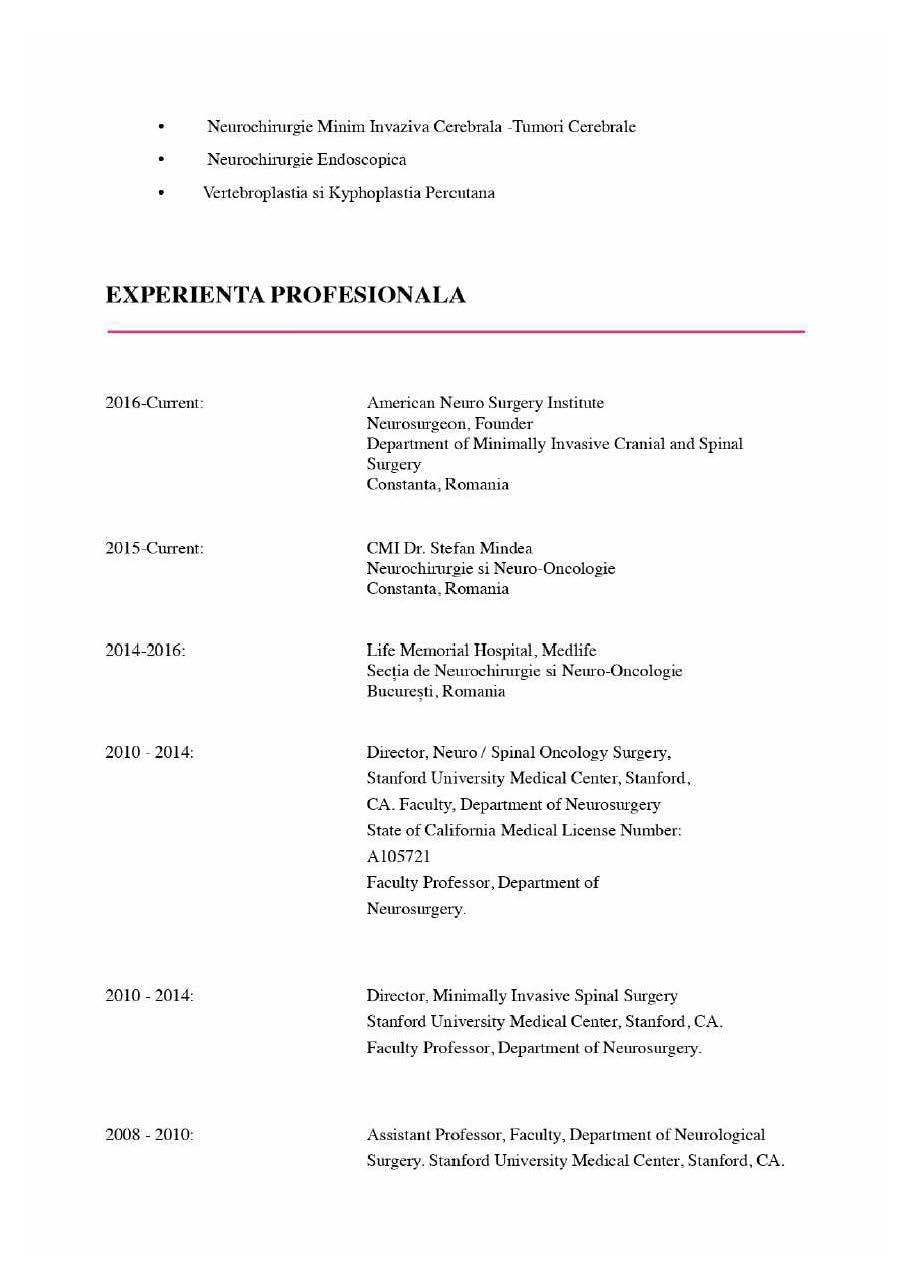


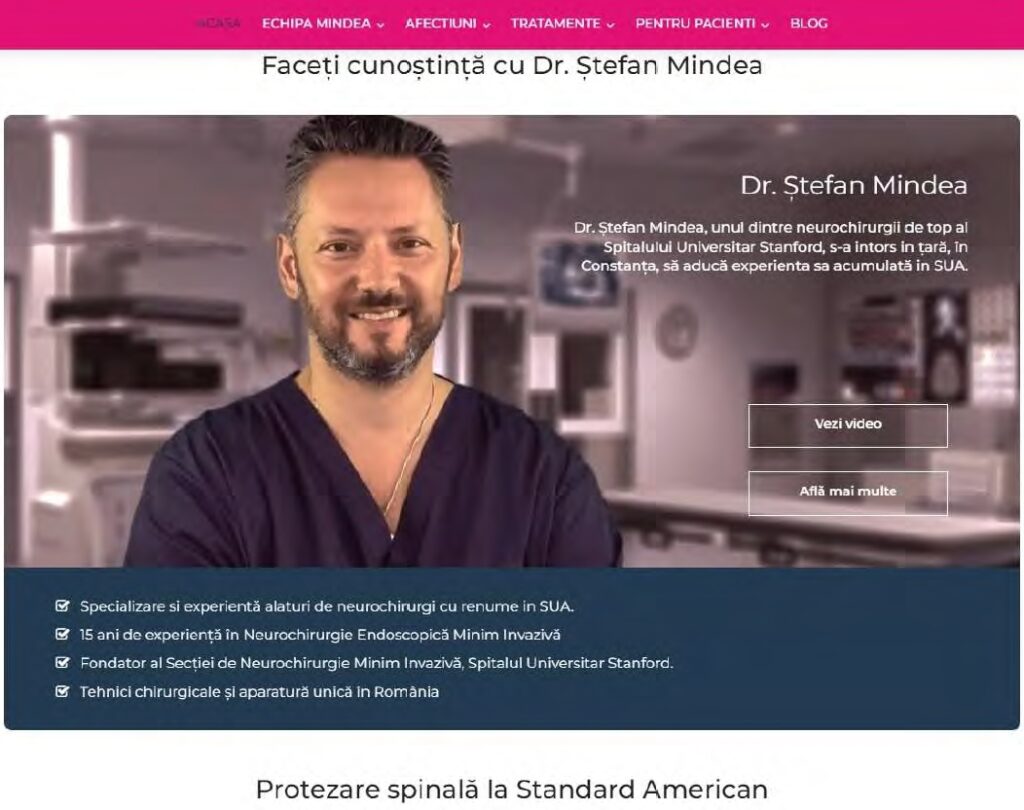
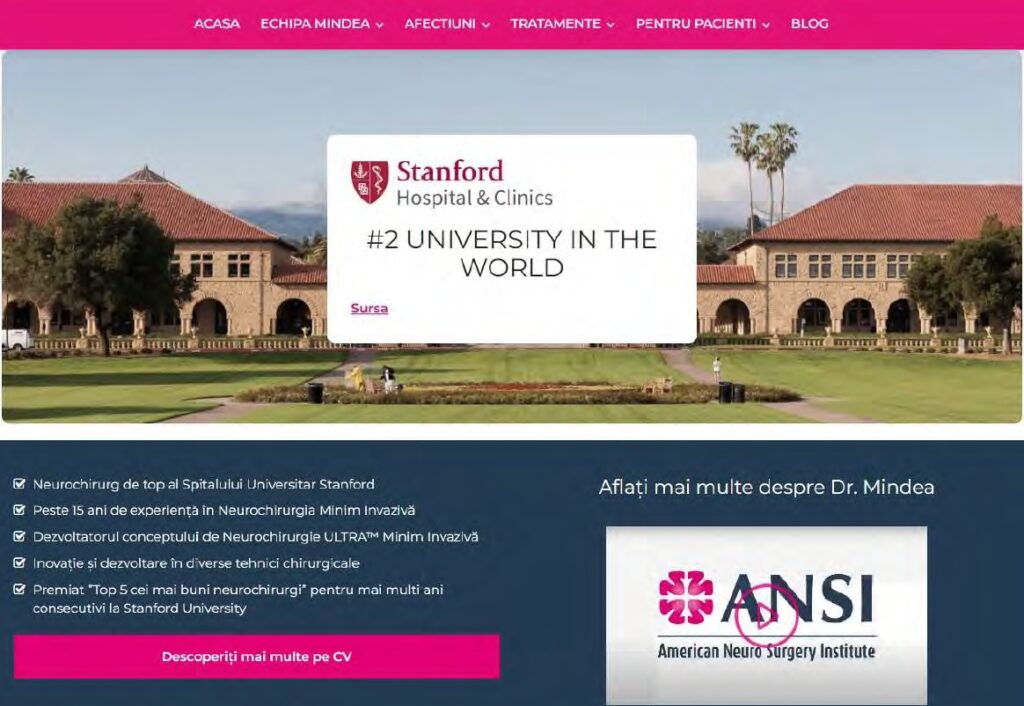
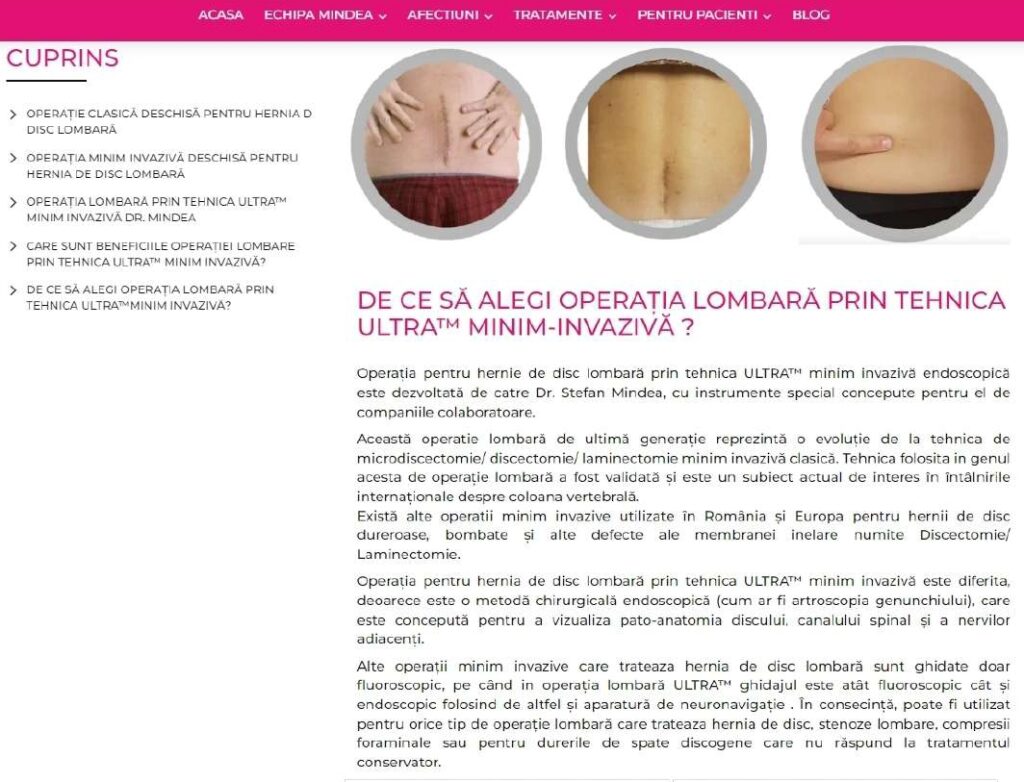


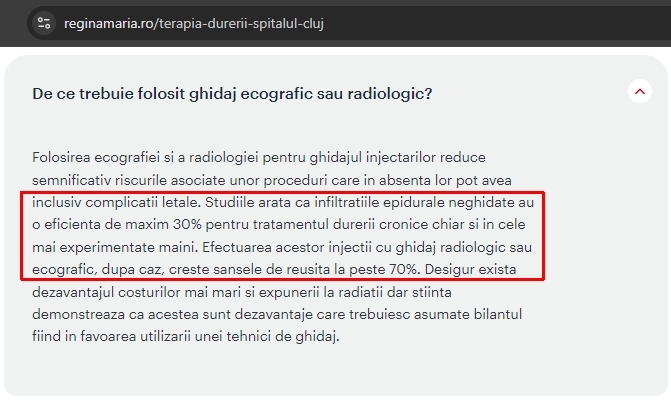
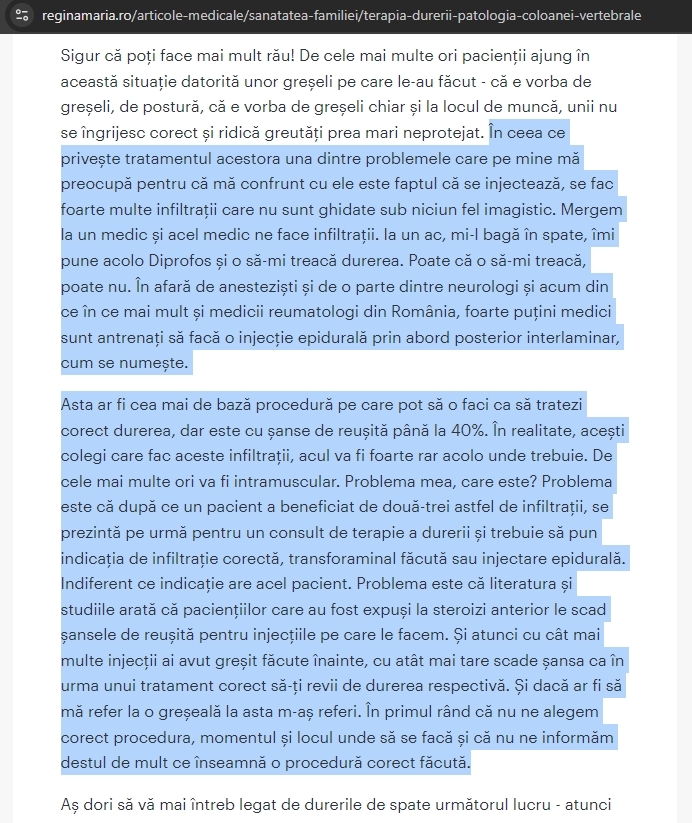

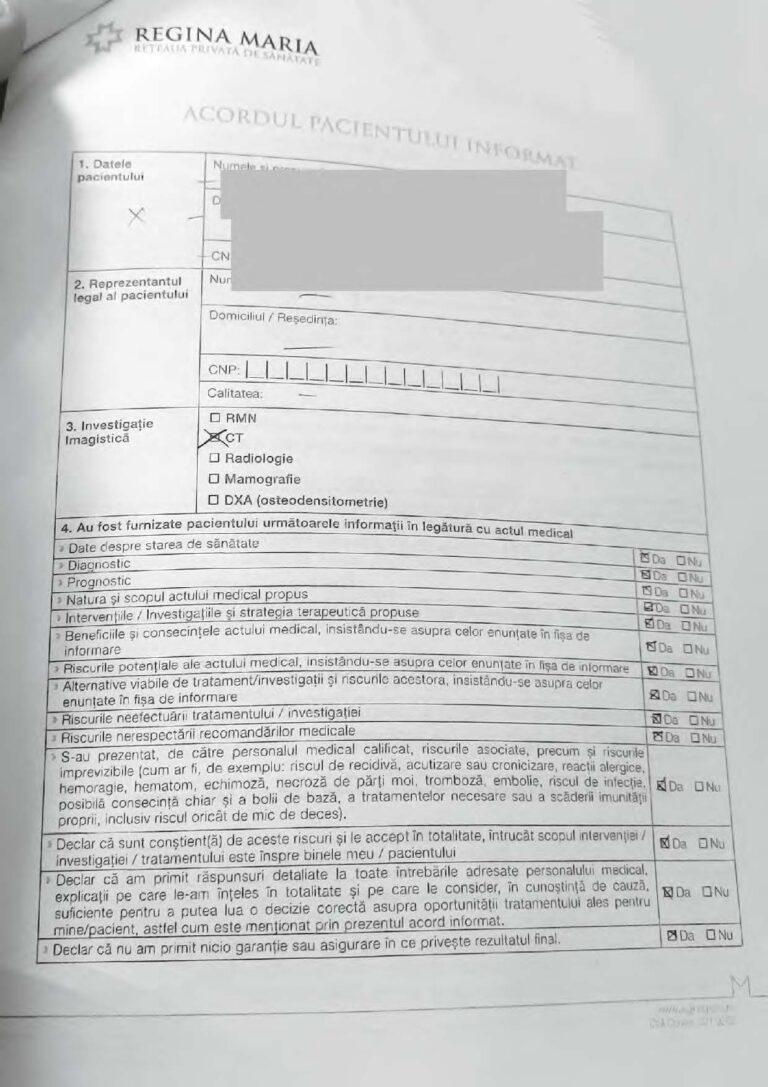
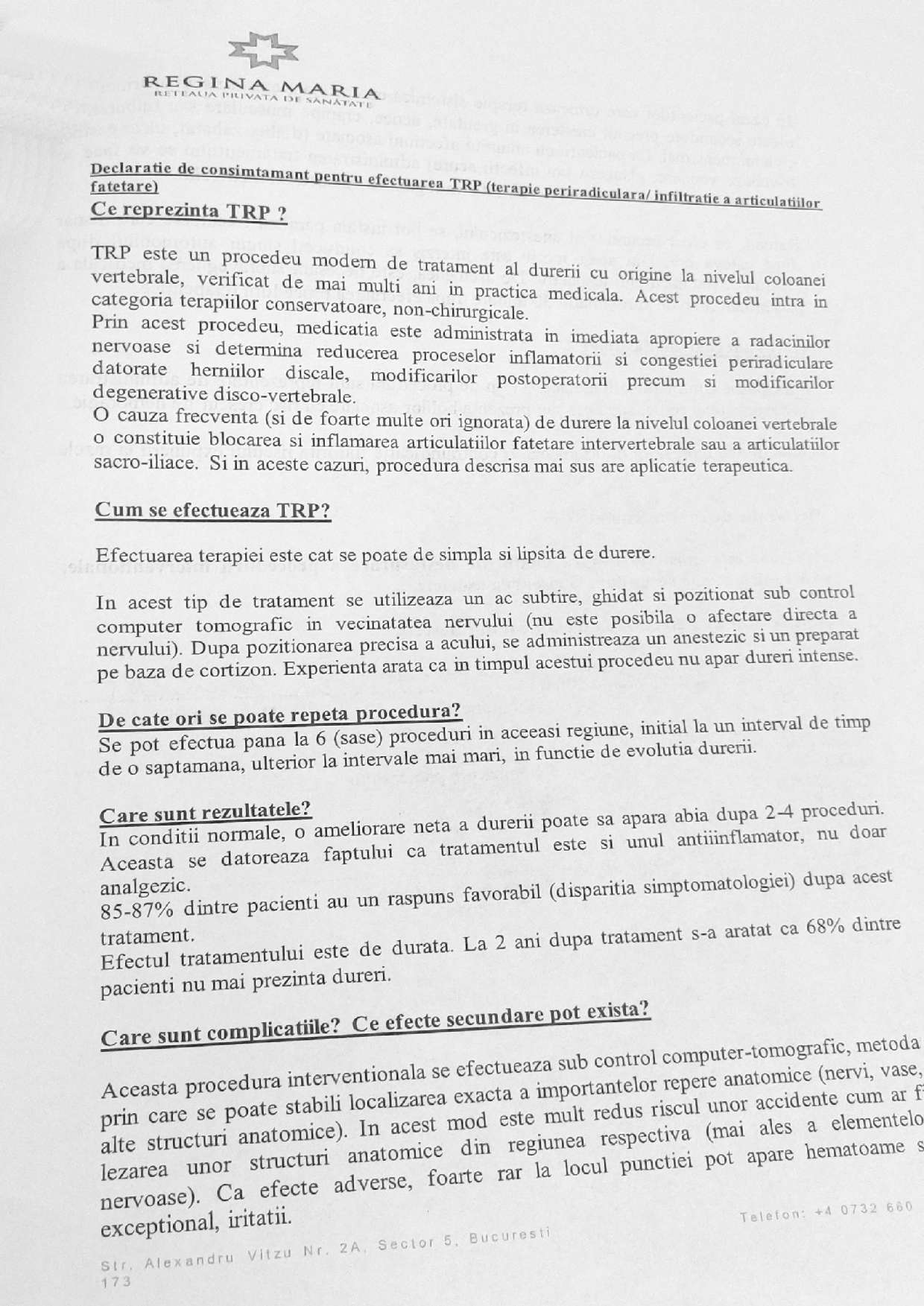

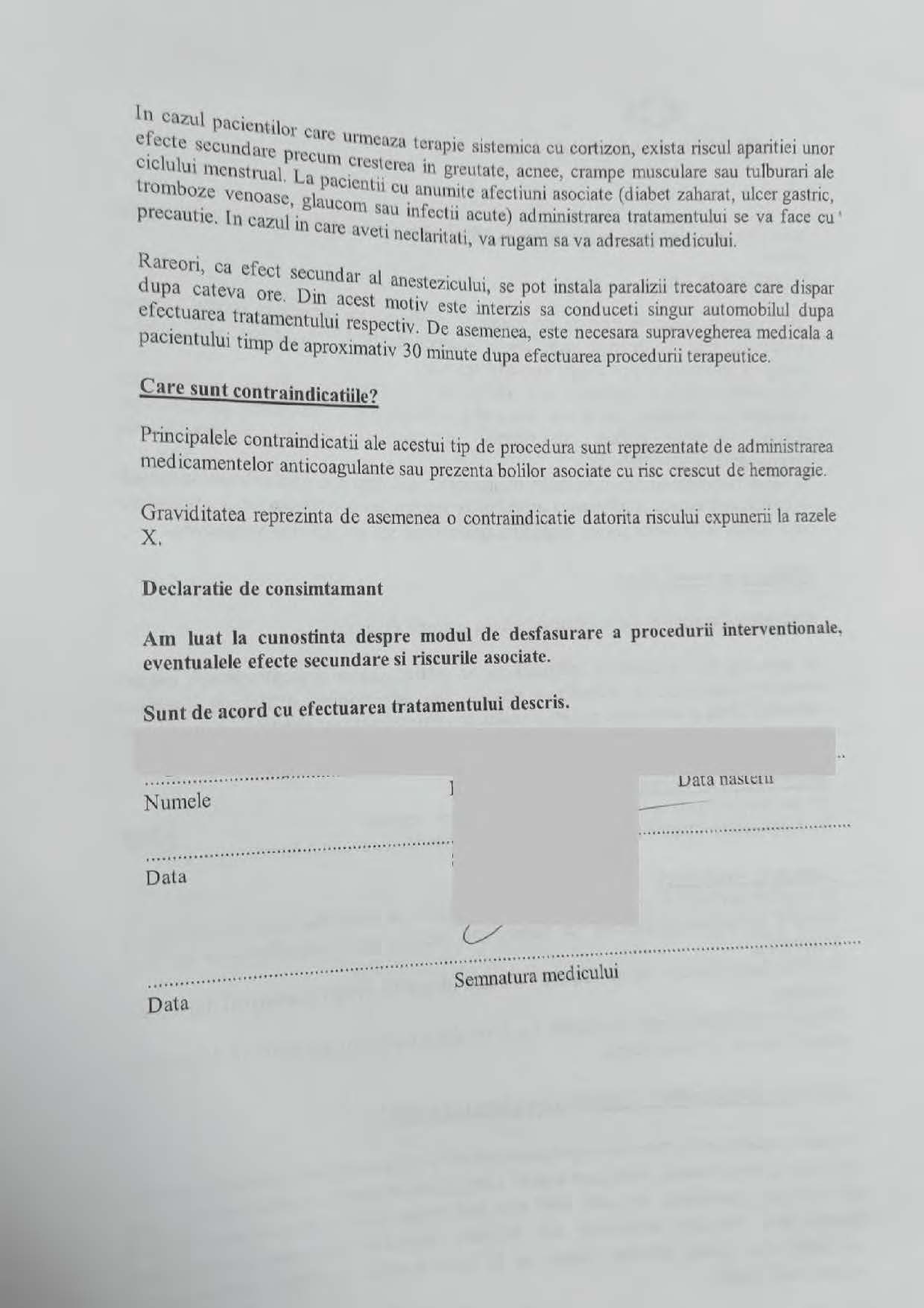
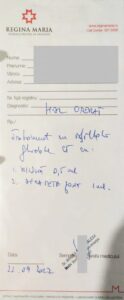
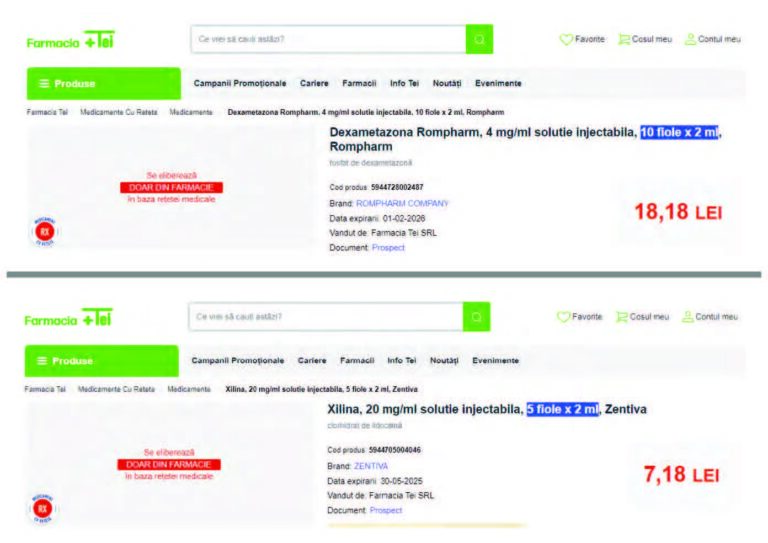

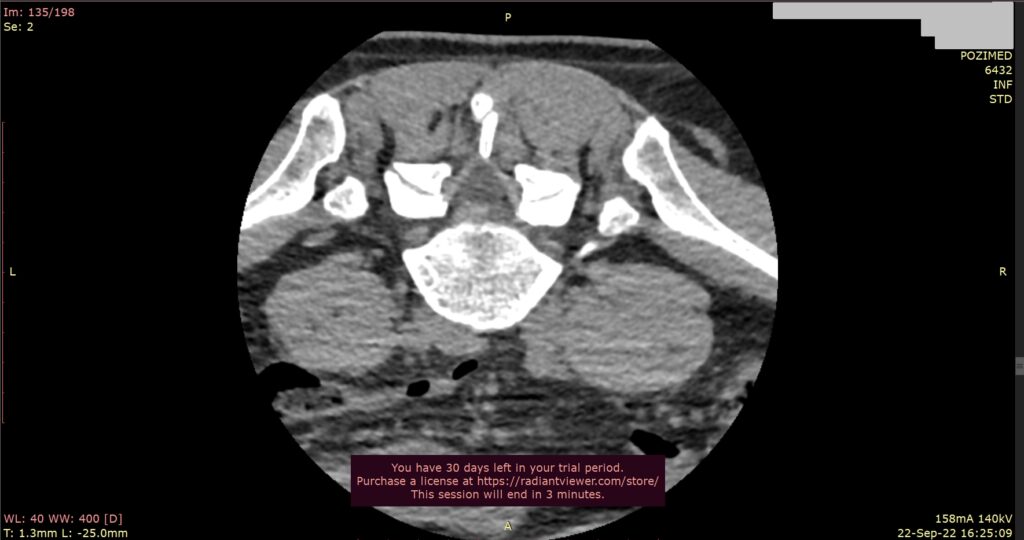












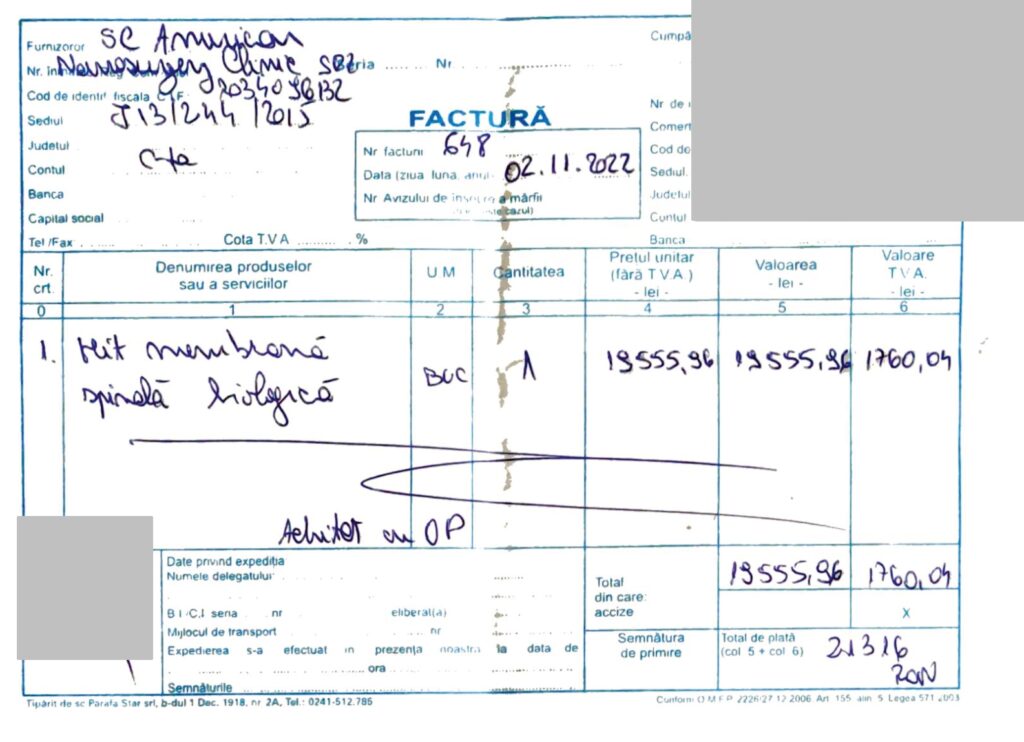




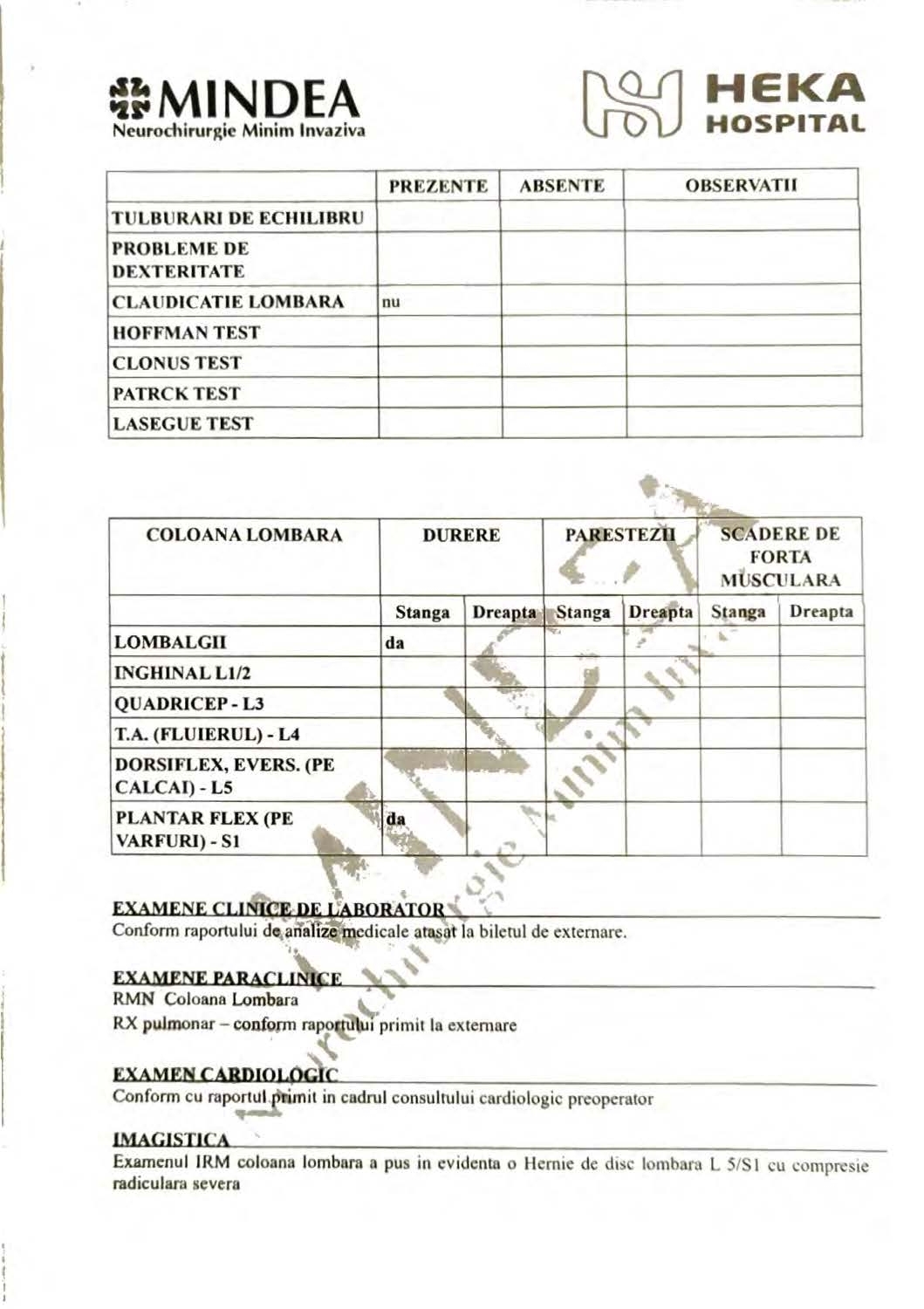

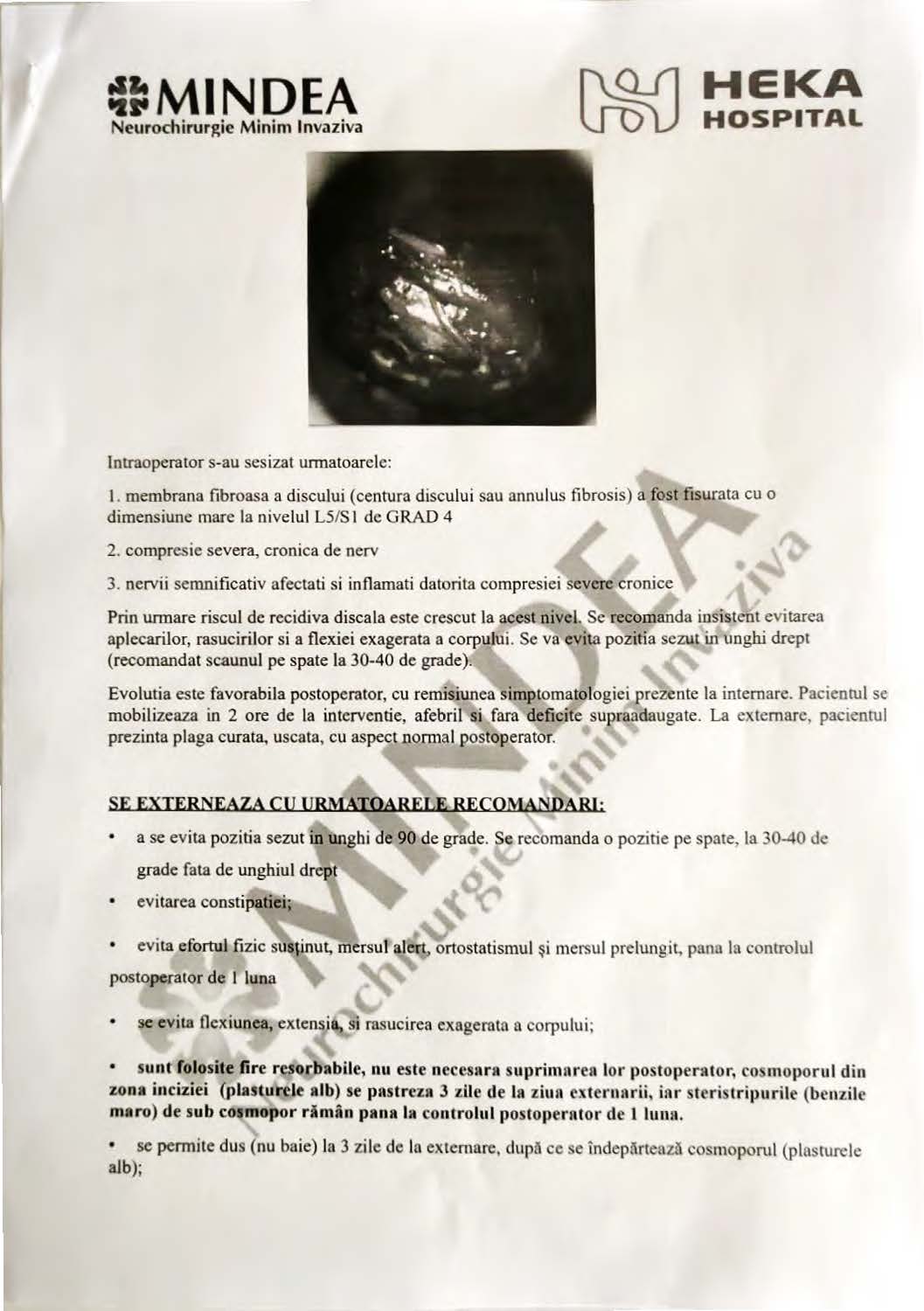

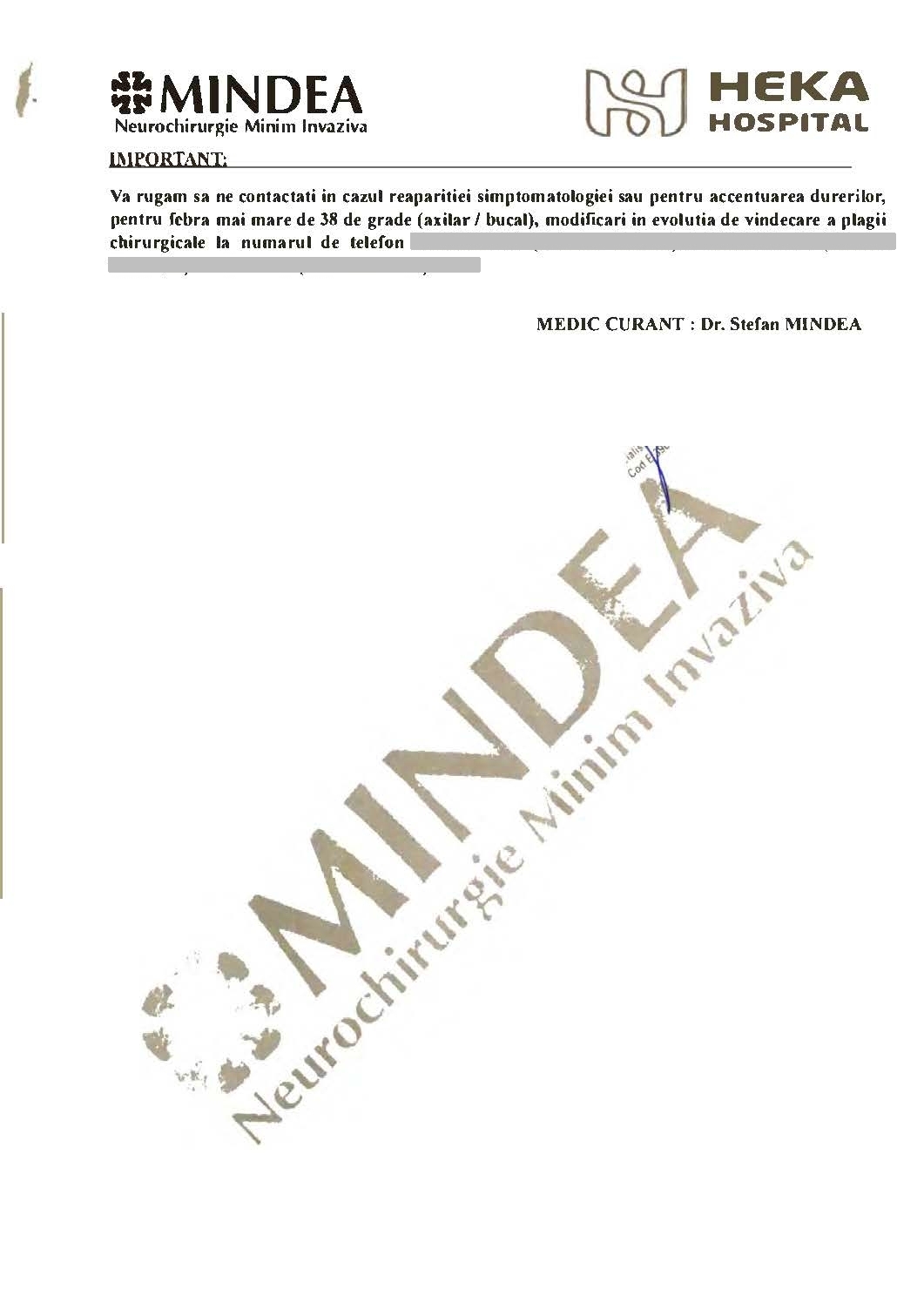
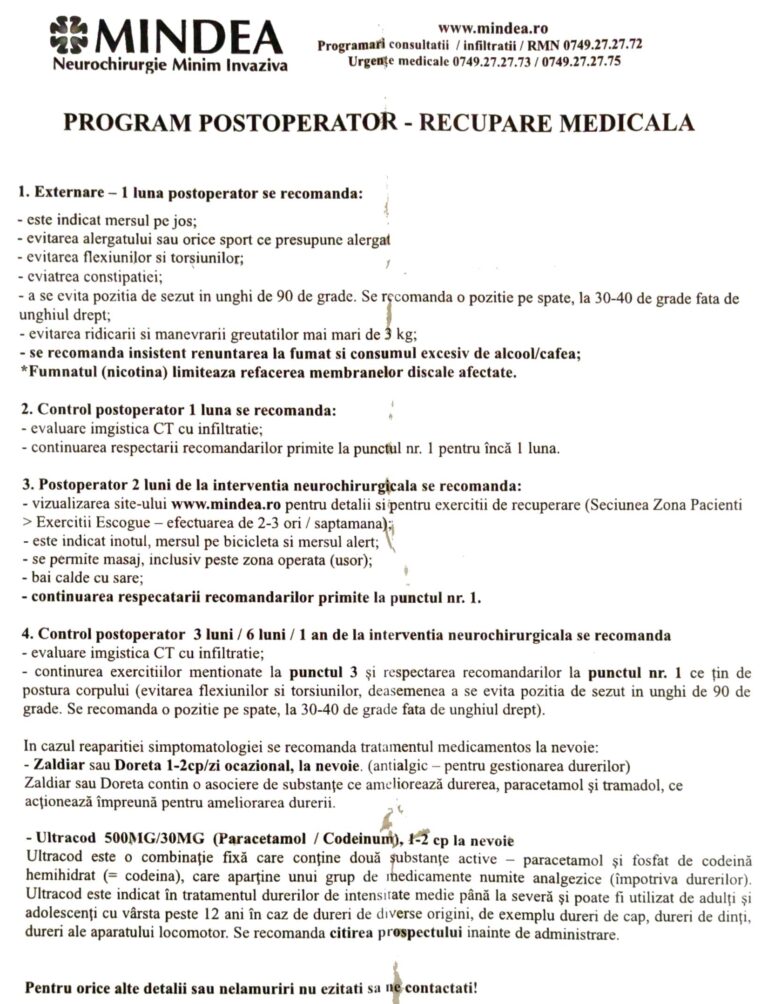






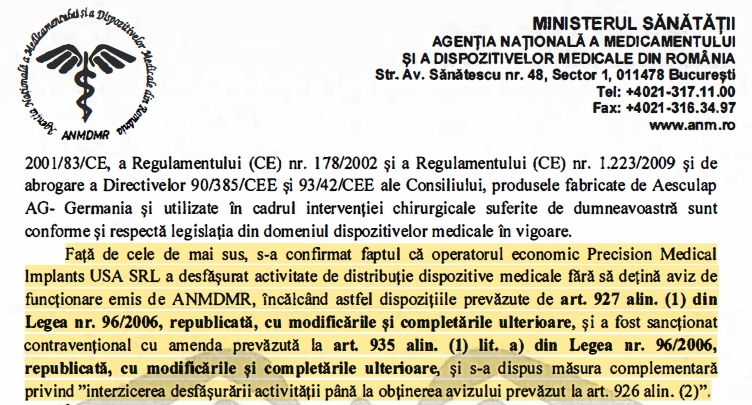
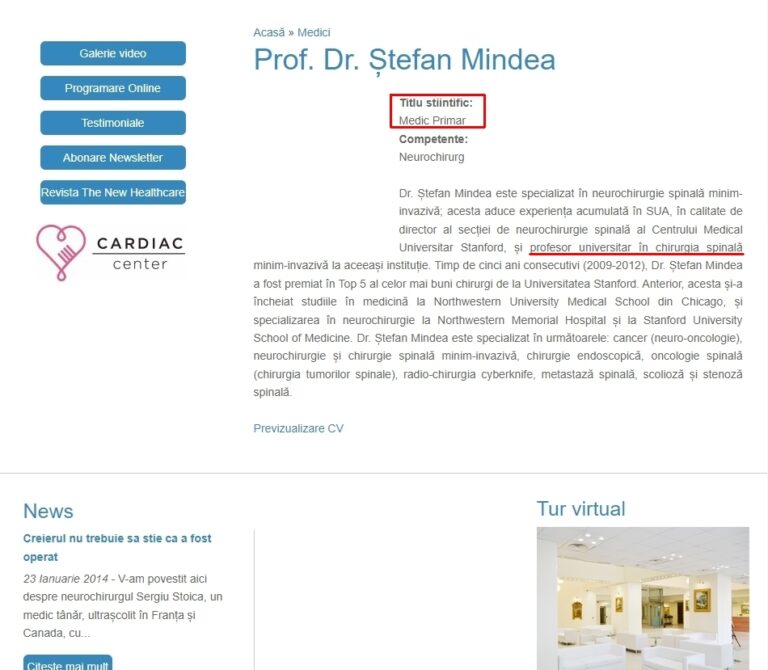
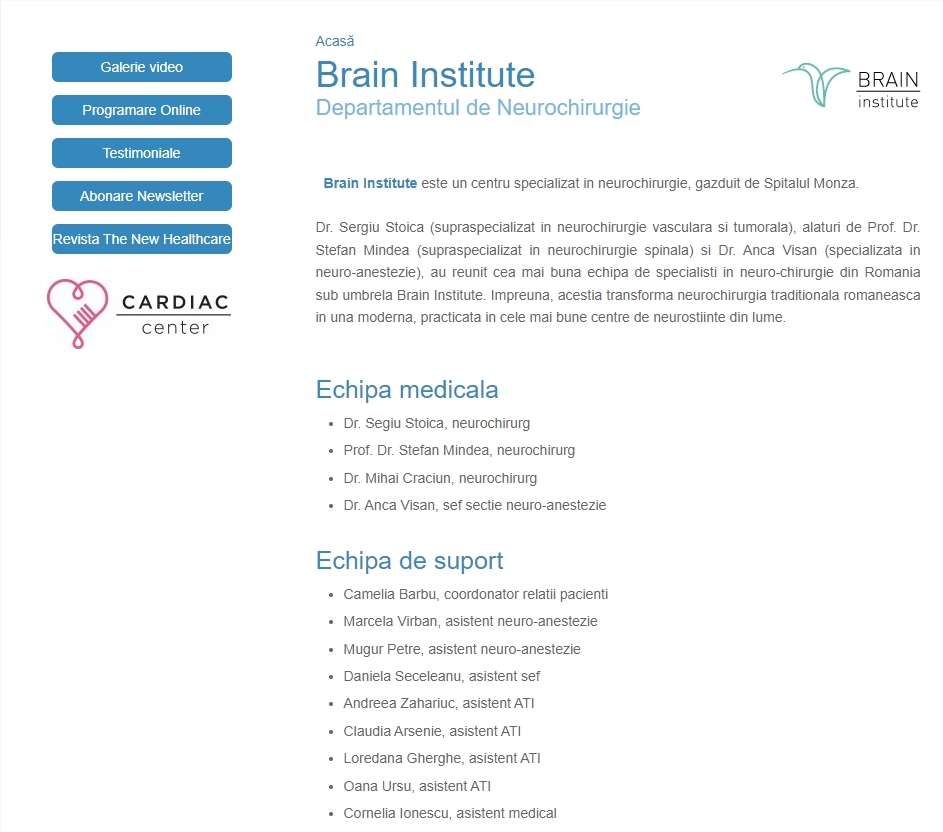
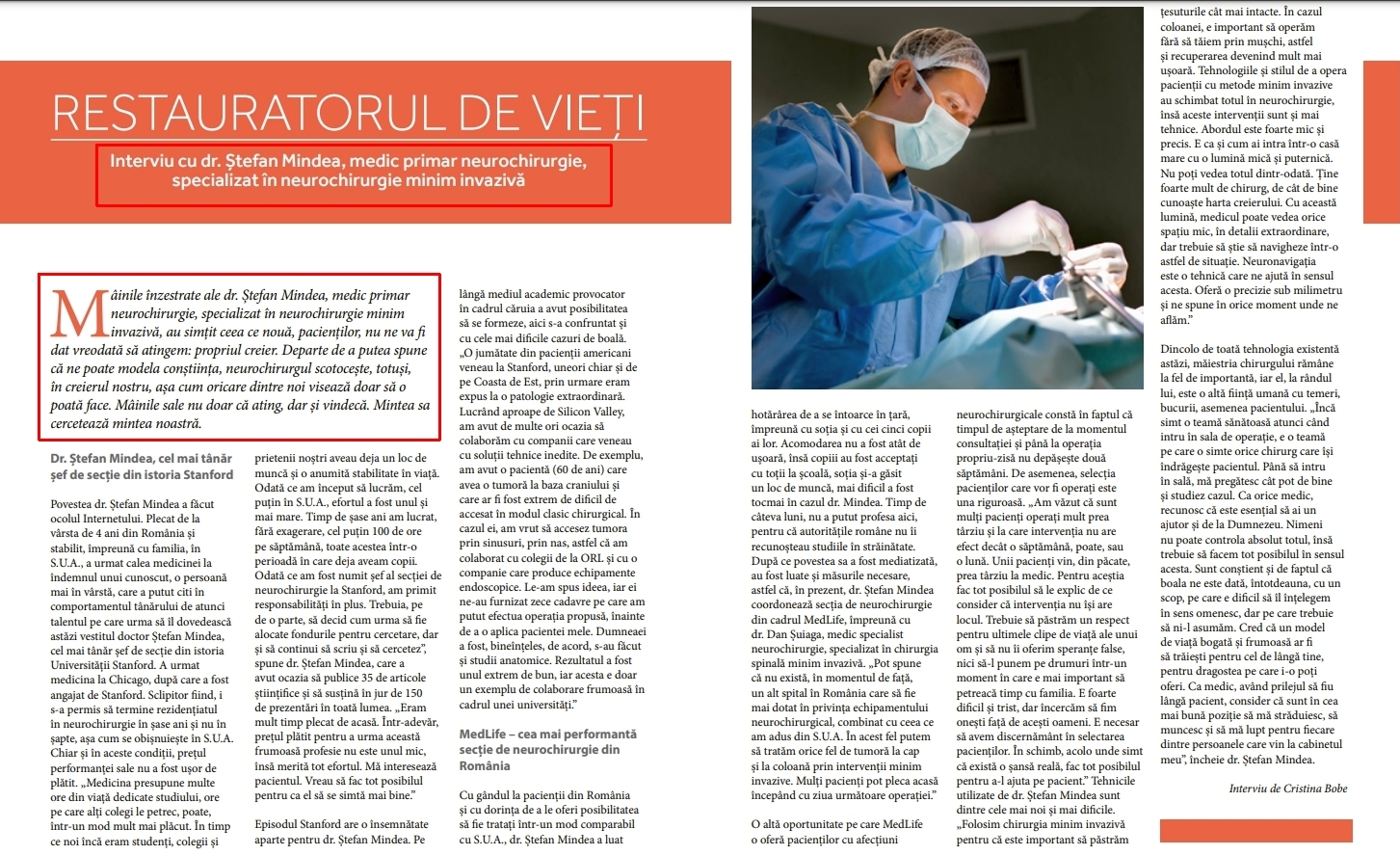
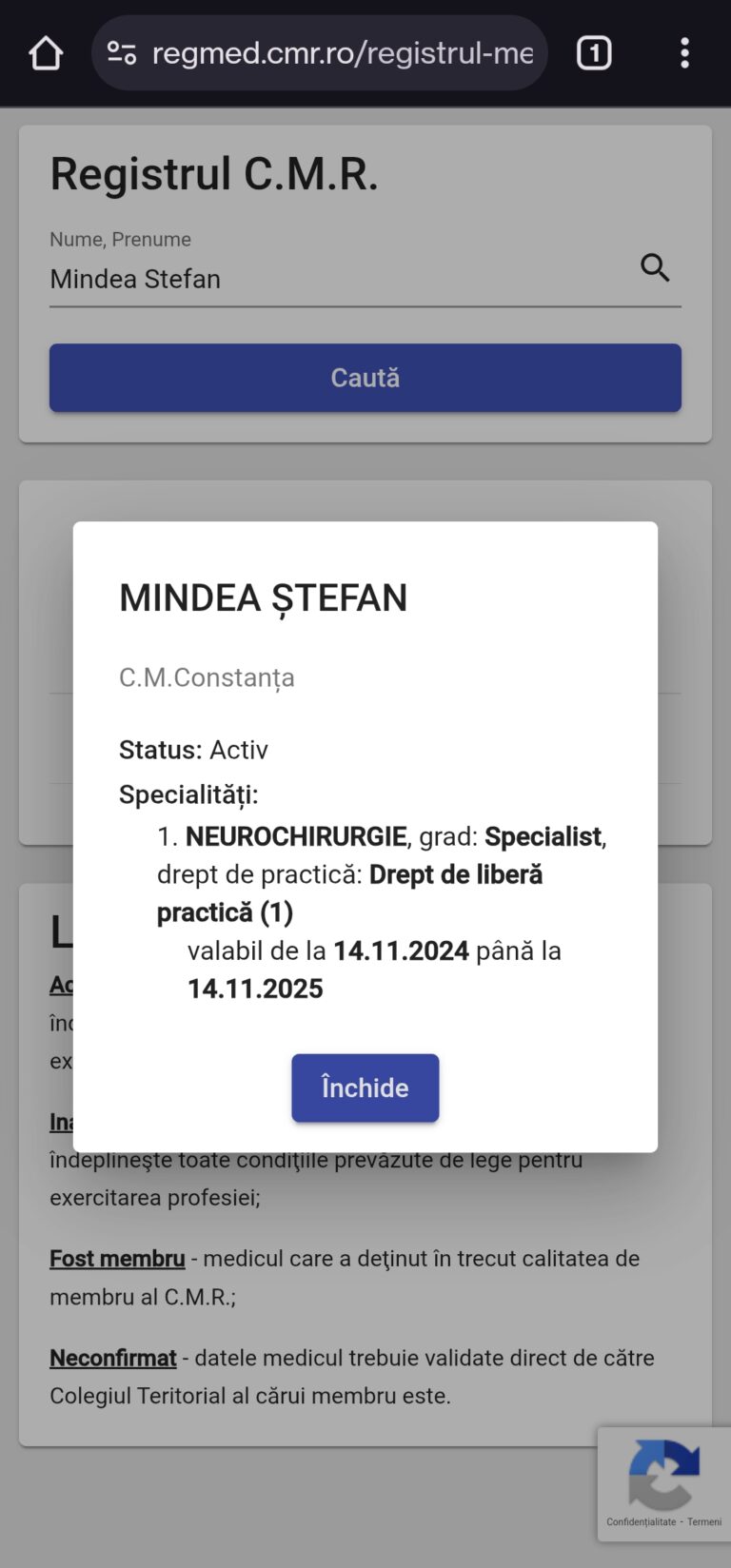




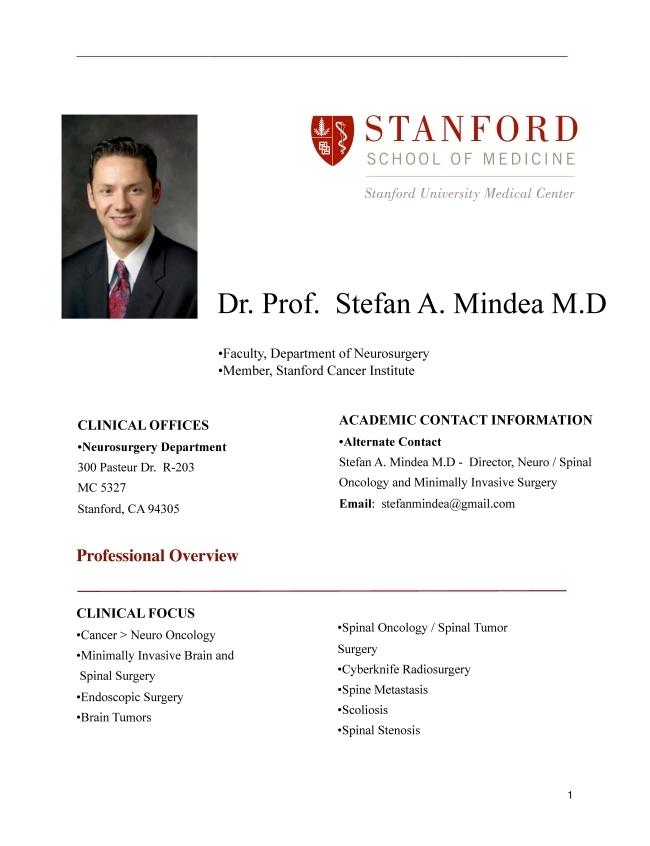

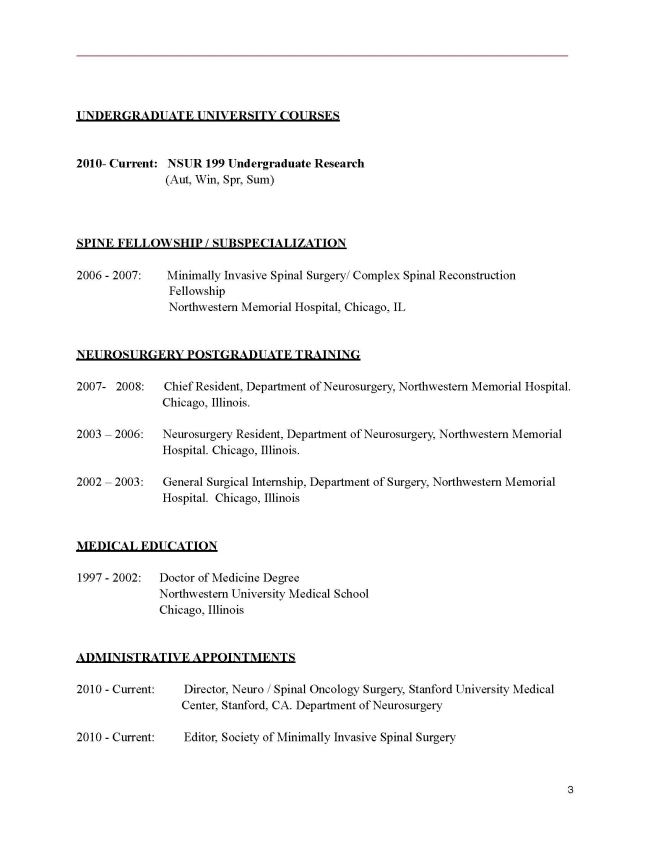
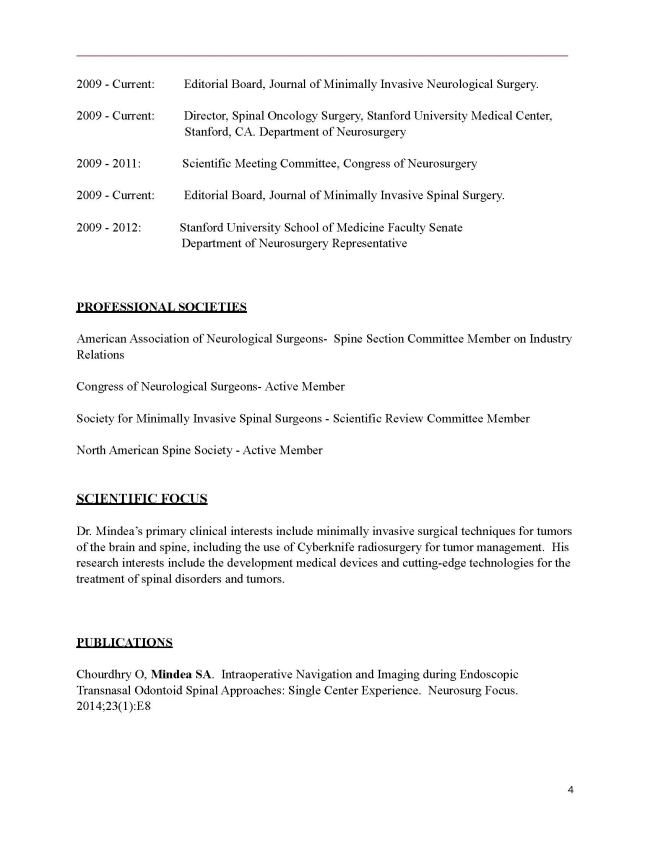
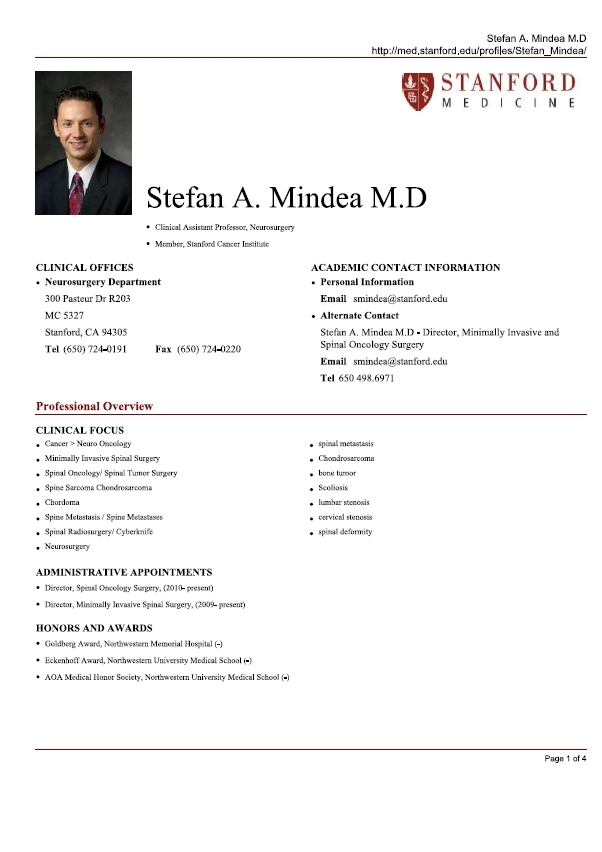



Congratulations on the initiative, and here’s to many more reviews! Such an effort is extremely helpful for those who are suffering — choosing a doctor can sometimes feel like a lottery — you either get lucky or you don’t.
Incredible that such an individual claims to be a healer of people. What practices are these? And he’s a priest! He should be investigated and tried immediately! God beware of such doctors!
Thank you very much for the review, I was just about to choose the “famous” neurosurgeon.